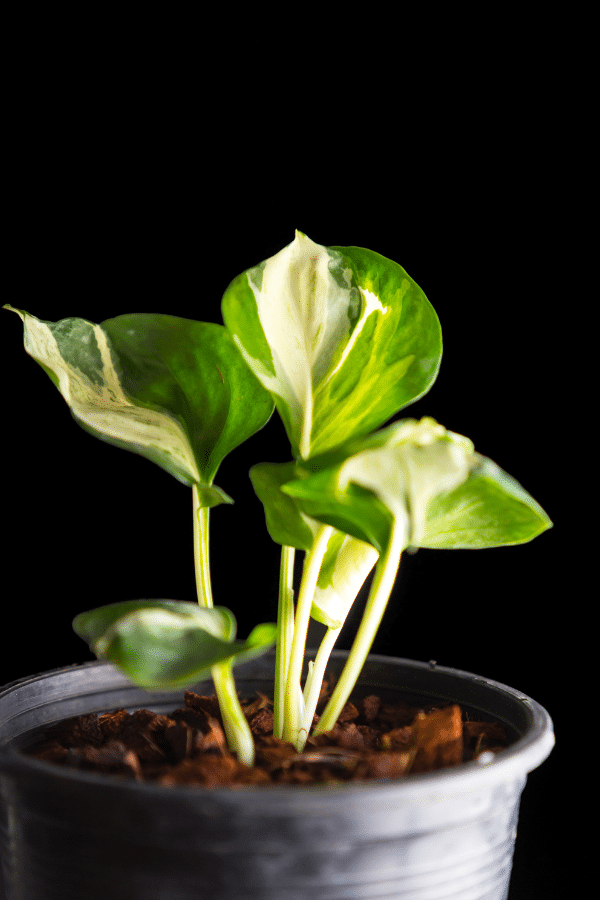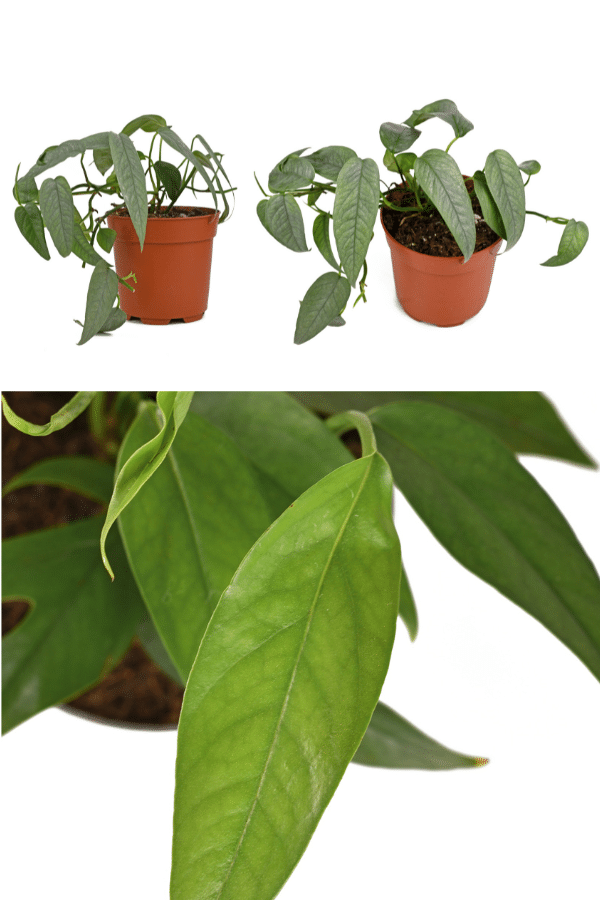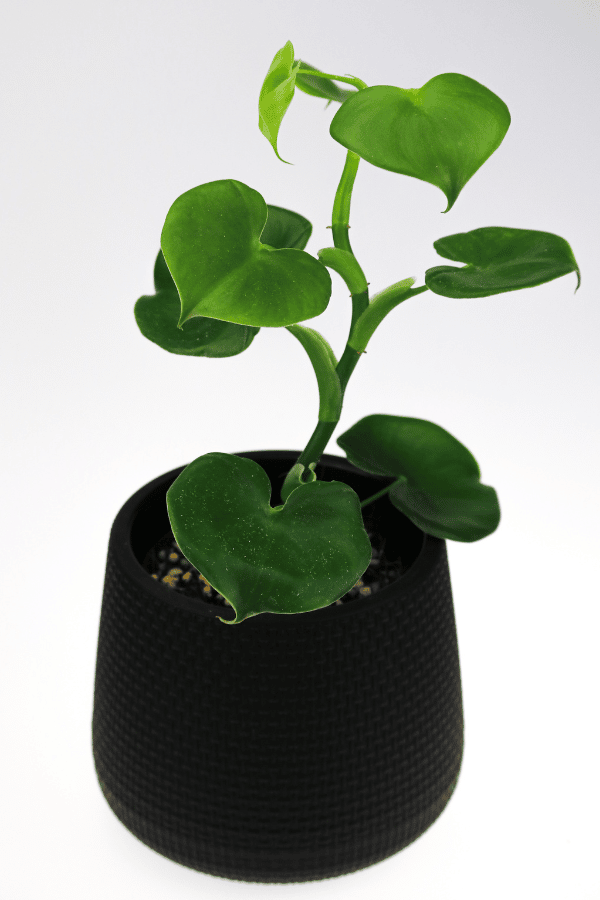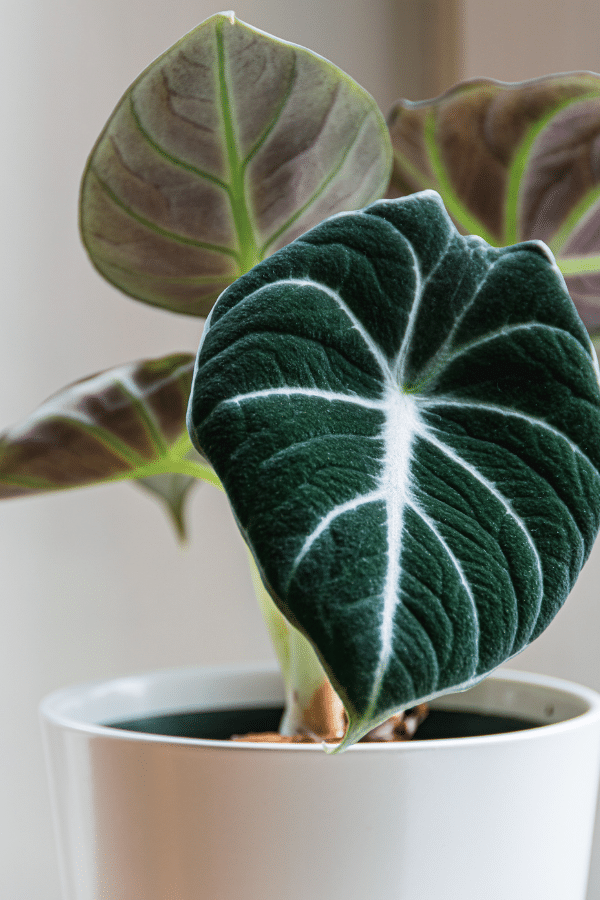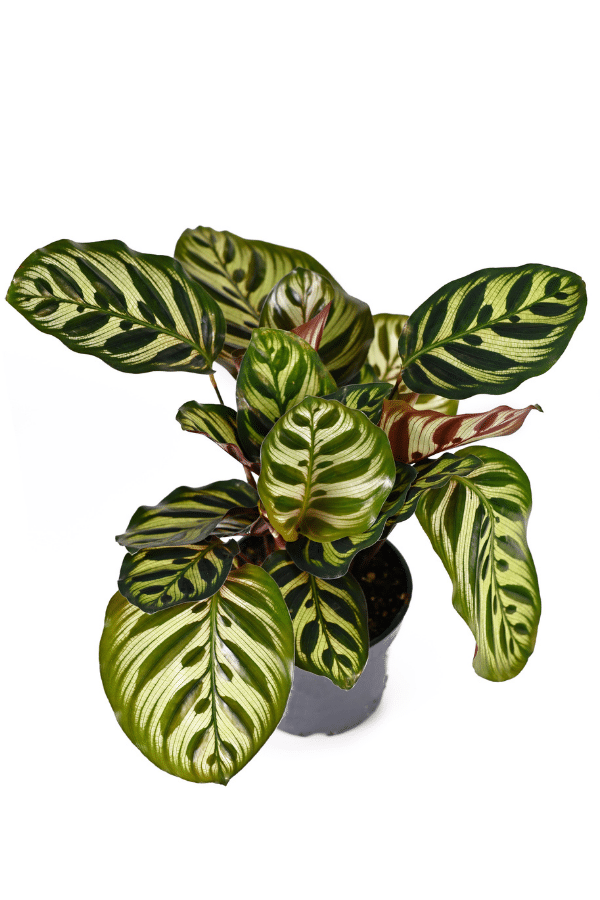String of Bananas
Scientific Name: Senecio Radicans, Curio Radicans
Common Name: String of Bananas
String of Bananas care is an easy plant to grow and care for that doesn’t need much attention. If you want a dainty houseplant that will add visual interest to your plant collection, a Senecio Radicans may be the plant for you.
To give this String of Bananas plant the best care, it requires well-draining soil, letting the soil dry out completely between waterings, providing it with bright indirect sunlight, with average temperatures and humidity levels.
Quick Care Overview
| Common Name | String of Bananas |
| Scientific Name | Senecio Radicans, Curio Radicans |
| Family | Asteraceae |
| Origin | South Africa |
| Growth Rate | Medium |
| Identification | Dark green leaves with silver streaks that will trail |
| Height | Up to 6 feet in length |
| Soil | Well-draining soil |
| Water | Let soil dry out completely before watering |
| Temperature | 40-90F |
| Sunlight | Bright indirect light |
| Toxic to Cats & Dogs | Yes |
| Toxic to Humans | Yes |
| Pests | Mealybugs, spider mites, scale |
| Diseases | Root rot |
Below we will dive deep into this String of Bananas care guide.
String of Bananas History
A close relative to the string of pearls is steadily increasing in popularity. With the botanical name of Senecio Radicans, commonly known as the String of Bananas, is a faster growing, easier to care for, trailing succulent than its relative string of pearls. This low-maintenance South African native is an excellent choice for growing up on a trellis or in a hanging container.
String of Bananas Identification
This trailing succulent is known for its glossy, unique foliage that appears to be in the shape of a banana. Leaves grow from long, draping green tendrils.
String of Bananas Growth Facts
The String of Bananas is a fast-growing, low-maintenance plant that is enjoyed by beginners and plant experts alike.
How Big Does a String of Bananas Get?
Vines of Senecio Radicans may grow to become up to 6 feet long.
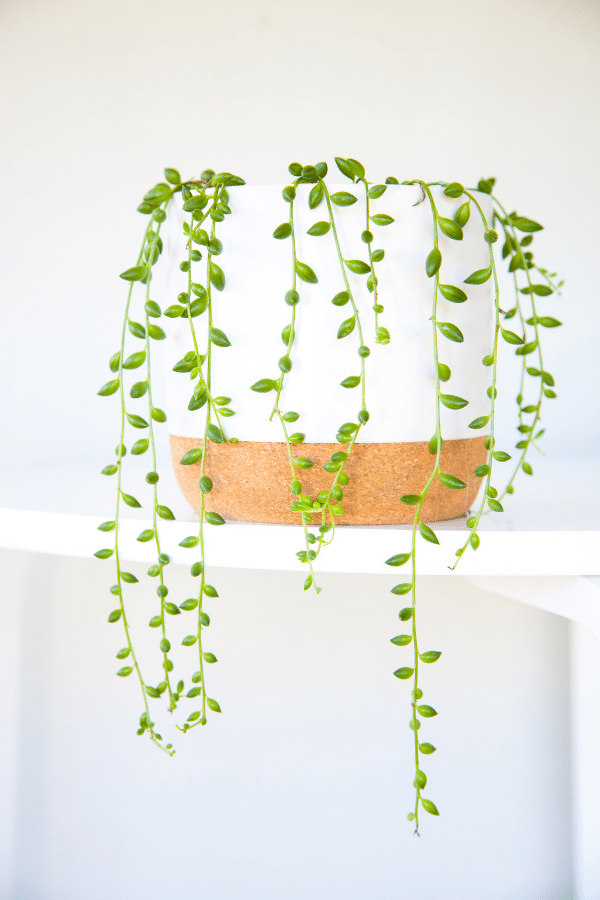
String of Bananas Care
This easy-to-care-for succulent is drought-tolerant and requires very little maintenance. However, it is pertinent that you allow your string of bananas to receive enough sunlight. This succulent does not like low–light conditions.
Searching for a new houseplant?
Take our houseplant quiz to see what your next plant should be based on the room it’s in, the specific lighting the room receives, if you want it on the floor or on the table, and much more!
String of Bananas Soil
Senecio Radicans will enjoy being planted in a well-draining soil mix. A commercial cactus or succulent soil mix will work perfectly for a string of bananas. Alternatively, you may create your own soil mix by combining quality potting soil to perlite and coarse at a 2:1 ratio of soil to perlite and sand.
String of Bananas Fertilizer
Like many other succulents, Senecio Radicans do not require fertilizing. However, the String of Bananas will benefit from a light feeding during the growing season to assist with foliar growth. A light liquid fertilizer like liquid kelp is a suitable choice. Ensure that you follow all label instructions and do not fertilize in winter.
String of Bananas Watering
Senecio Radicans is considered a hardy succulent, and as such, it is drought-tolerant and is very sensitive to overwatering. Therefore, this plant’s soil should be allowed to dry out completely before rewatering. It is important to note that this plant will do better with underwatering than overwatering and is quite susceptible to diseases such as root rot due to overwatering.
String of Bananas Light Requirements
This succulent likes to be placed in bright direct sunlight when cultivated indoors. At a minimum, String of Bananas should receive at least six hours of bright sunlight. Lower light may lead to issues and legginess. Avoid full sun to not burn the leaves. A southern-facing window will be perfect for this plant. Alternatively, this succulent may be kept under a grow light to increase light exposure to meet its needs.
String of Bananas Temperature & Humidity
Although Senecio Radicans hails from a dry and hot South African climate, this succulent will thrive in average household temperatures and humidity levels. However, this succulent should not be allowed to be exposed to extreme fluctuations in temperature. Therefore, this succulent should not be kept near heaters, AC units, cold windows, or drafts.
Repotting String of Bananas
The String of Bananas likes to remain in a somewhat tight-fitting container and does not mind being slightly root-bound. Therefore, frequently repotting isn’t necessary. However, every couple of years, the soil of Senecio Radicans may need to be refreshed. Still, this succulent will not require a large container, but it will need drainage holes. Repotting should be done in the spring. If some of the stems happen to pop off while repotting, place the stem back in the pot, and it will grow its own roots.
String of Bananas Maintenance & Pruning
Best String of Bananas care requires very little maintenance or pruning. Periodically, discolored, or damaged leaves may be removed as needed. Tendrils may be pruned back if desired.
String of Bananas Propagation
Propagation of String of Bananas may easily be done through stem cuttings. Simply cut a vine a few inches above the stem, remove lower leaves, and allow the stem(s) to callus overnight. Plant the stem into an airy potting mix and water thoroughly and place in indirect light. Soil should remain damp until new roots have become well-established.
String of Bananas Toxicity
Considered toxic, String of Bananas should be out of reach of children and pets. A hanging basket or on top of a shelf would be the best placement for this plant to not let curious pets or children near it.
Toxicity to Humans
String of Bananas is considered mildly toxic to humans and should not be consumed. The sap excreted from this plant may cause contact dermatitis.
Toxicity to Cats & Dogs
Senecio Radicans is considered toxic to animals and should not be ingested. If you suspect that your pet has consumed any portion of this plant, you should contact your veterinarian or animal poison control immediately.
String of Bananas Problems
String of Bananas Leaves Turning Yellow
Foliage of Senecio Radicans may turn yellow due to overwatering or improper lighting.
String of Bananas Leaves Turning Brown
Browning foliage of string of bananas is often due to the plant receiving too much direct sun.
String of Bananas Diseases
String of Bananas is a hardy succulent and is not frequently affected by disease. However, they are most notably affected by diseases related to overwatering, such as root rot. Ensure that you are not overwatering your succulent and ensure that it is not sitting in excess water from within the plant’s drainage tray.
String of Bananas Pests
The String of Bananas may become susceptible to household pests such as aphids, scale, spider mites, mealybugs, and others. Isolate your plant and treat it with insecticidal soap upon identifying an infestation. Ensure that you follow all label instructions.
OTHER RESOURCES You May Like:
FAQ
Are String of Bananas Edible?
String of Bananas plant is considered toxic. Do not ingest this plant as it can cause upset stomach and gastrointestinal issues.
Why Is My String of Bananas Turning Purple?
Senecio Radicans may turn purple due to the plant being overwatered. Be sure to allow the plant to dry out completely between waterings and check the roots for root rot. If root rot is seen, repot in a new pot with fresh soil.
Why Is My String of Bananas Sticky?
If the vines of String of Bananas are sticky, it could be from a pest infestation. Look over your plant thoroughly and if you notice a pest infestation, isolate the plant, and treat it right away.

